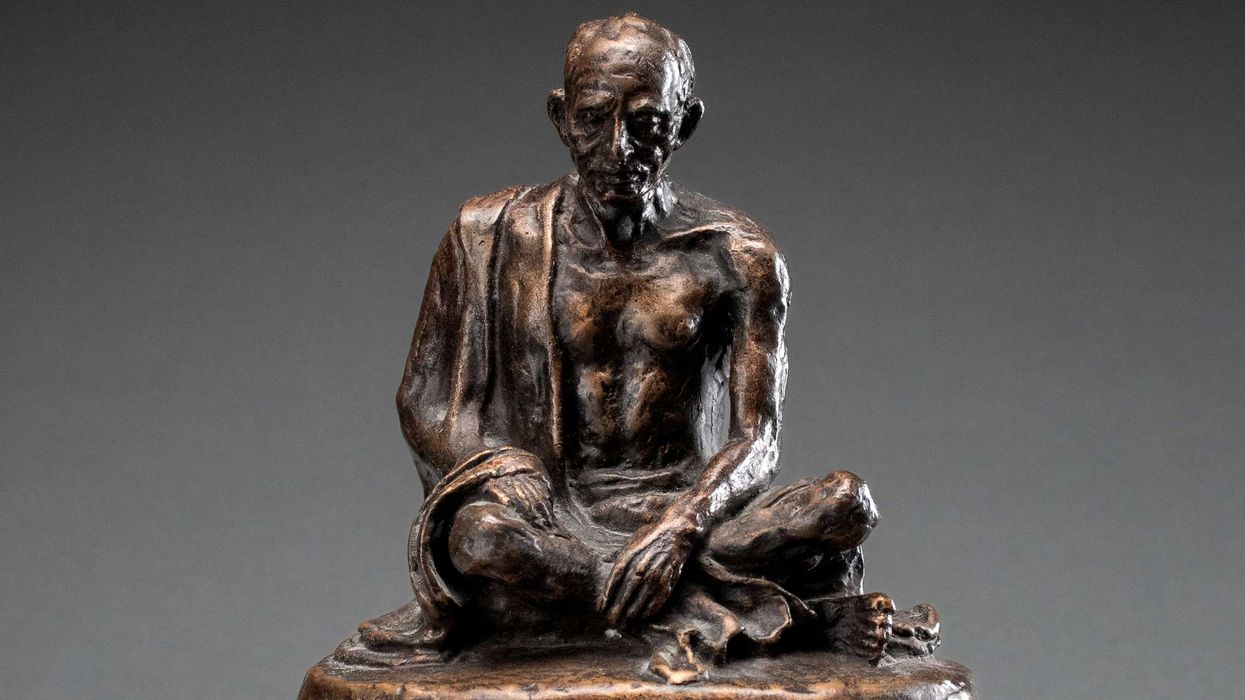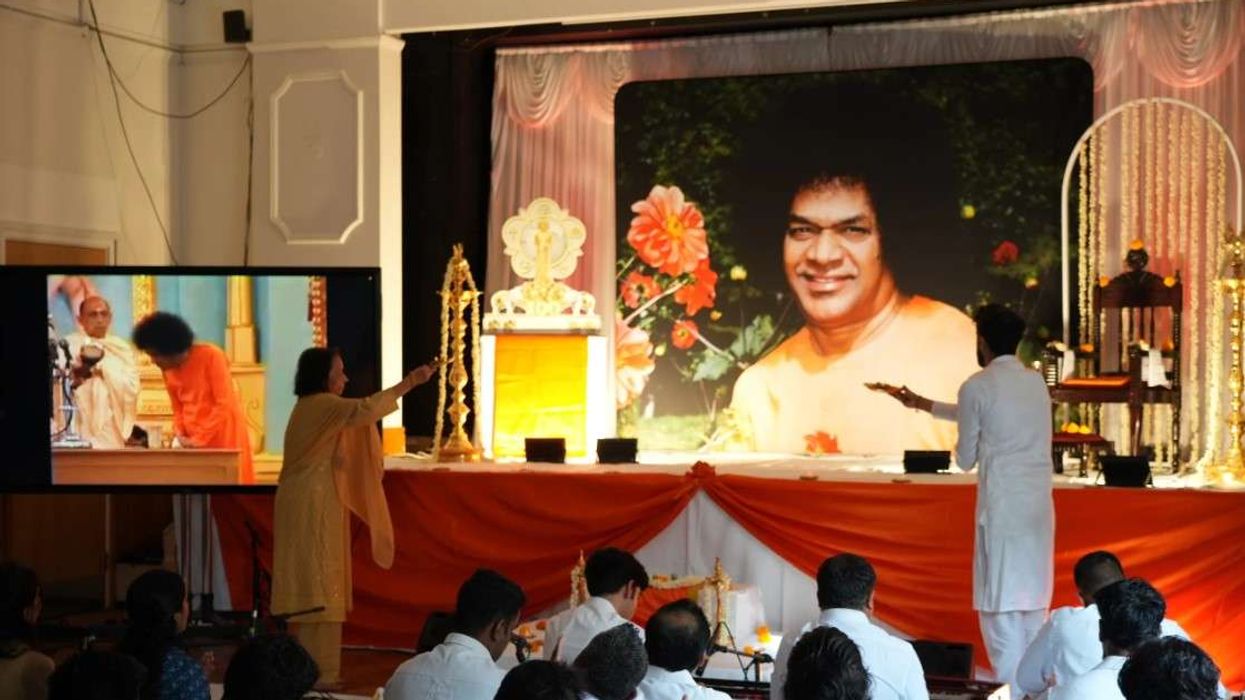India's air passenger traffic is expected to grow six-fold to 1.1 billion and the number of operational airports increases to around 200 in 2040, according to Ministry of Civil Aviation's vision document released on Tuesday (15).
India was the seventh largest aviation market with 187 million passengers -- travelling to, from and within India -- in the financial year 2017-18.
The Vision 2040 for the Civil Aviation Industry in India document released at a summit in Mumbai also said that the country would have its own aircraft leasing industry, with tax structure and repossession processes being "equally or more attractive than those in leading global jurisdictions".
"The passenger traffic is expected to grow six-fold to around 1.1 billion. India has one of the largest aircraft order books currently with pending deliveries of over 1,000 aircraft," the document from the Ministry of Civil Aviation (MoCA) said.
The fleet of commercial planes is likely to rise to 2,359 in March 2040 from 622 in March 2018.
"India may have around 190-200 operational airports in 2040. Its top 31 cities may have two airports, and the cities of Delhi and Mumbai three each.
"The incremental land requirement is expected to be around 1,50,000 acre and the capital investment (not including the cost of acquiring land) is expected to be around USD 40-50 billion," the document said.
As per the document, the government may consider establishing a Nabh Nirman Fund (NNF) with a starting corpus of around USD two billion to support low traffic airports in their initial phases.
The concept of land pooling may be used to keep land acquisition costs low and to provide landowners with high value developed plots in the vicinity of the airport, it added.
PTI












